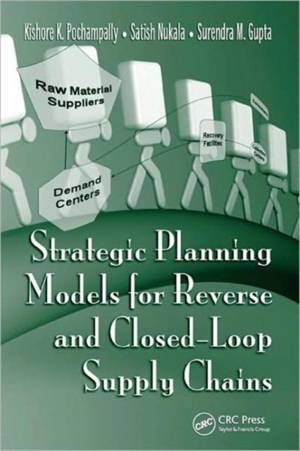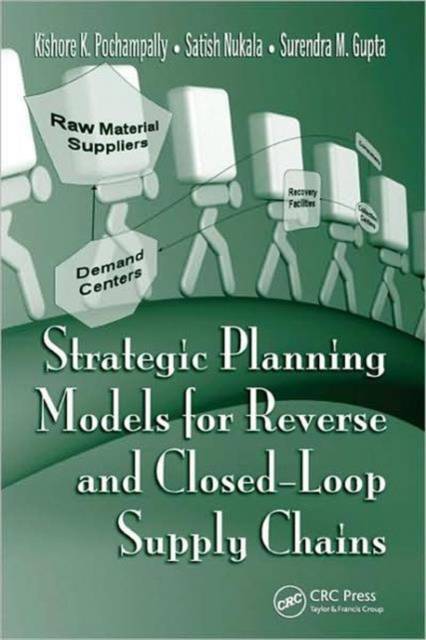
- Afhalen na 1 uur in een winkel met voorraad
- Gratis thuislevering in België vanaf € 30
- Ruim aanbod met 7 miljoen producten
- Afhalen na 1 uur in een winkel met voorraad
- Gratis thuislevering in België vanaf € 30
- Ruim aanbod met 7 miljoen producten
Strategic Planning Models for Reverse and Closed-Loop Supply Chains
Kishore K Pochampally, Satish Nukala, Surendra M GuptaOmschrijving
The rapid technological development of new products, coupled with the growing consumer desire for the latest technology, has led to a new environmental problem: products that are discarded prematurely. But behind every problem lies an opportunity. Many of these products can be reprocessed, leading to savings in natural resources, energy, landfill space, and ultimately, time and money. Strategic Planning Models for Reverse and Closed-Loop Supply Chains addresses complex issues caused by the inherent uncertainty involved in every stage of a closed-loop supply chain.
The book presents quantitative models for the many multifaceted issues faced by strategic planners of reverse and closed-loop supply chains amid the challenges of uncertainty in supply rate of used products, unknown condition of used products, and imperfect correlation between supply of used products and demand for reprocessed goods.
The models proposed in this book provide understanding of how a particular issue can be effectively approached in a particular decision-making situation using a suitable quantitative technique or suitable combination of two or more quantitative techniques. This information then translates into decision-making strategies and guidance for reverse and closed-loop supply chain management.
Specificaties
Betrokkenen
- Auteur(s):
- Uitgeverij:
Inhoud
- Aantal bladzijden:
- 304
- Taal:
- Engels
Eigenschappen
- Productcode (EAN):
- 9781420054781
- Verschijningsdatum:
- 22/09/2008
- Uitvoering:
- Hardcover
- Formaat:
- Genaaid
- Afmetingen:
- 155 mm x 236 mm
- Gewicht:
- 566 g

Alleen bij Standaard Boekhandel
Beoordelingen
We publiceren alleen reviews die voldoen aan de voorwaarden voor reviews. Bekijk onze voorwaarden voor reviews.











